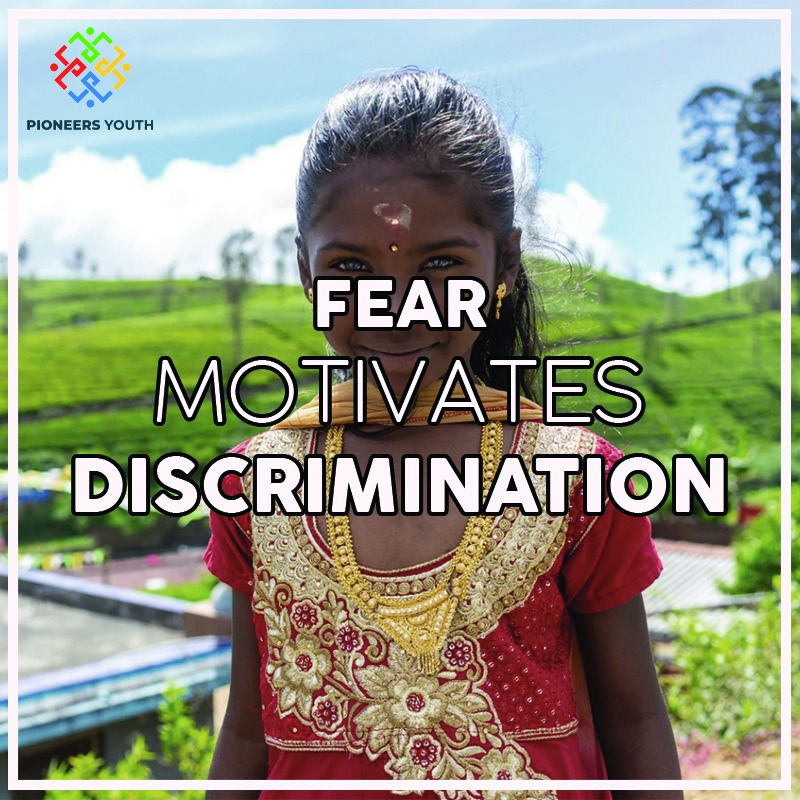
There was a sense of uncertainty in the air and there was tingle of excitement, elation and mixed feelings of curiosity and doubt clouding the atmosphere. I remember hearing one of the parents checking my school bag for hidden bombs saying, ‘They killed him, the war is finally over’. This was one of my earliest memories of the gruesome events that had unfolded throughout nearly three decade. The Sri Lankan Government defeated the Liberation Tigers of Tamil Eelam or the entity commonly known as the LTTE on the 18th of May 2009. Being a mere child who had no idea of what the war was or the reason that led to such a mass form of conflict, I joined in on the celebrations. To this young boy this event was presented as the beginning of a new era of peace, national reconciliation and development.
The war started with the violent events that occurred in the 1980s due to the many socio-political issues that cropped up and the conflict that it caused between the two ethnic groups. The LTTE had become an armed secular insurgent group and started to launch deadly attacks. This also included some of the earliest use of suicide bombings as a tactic of insurgency. In response, the Sri Lankan Army carried out brutal campaigns that focused mainly on the strongholds of the LTTE in the North and the East of this island paradise.
There is no exact casualty toll, even after 11 years of these horrific events. However the United Nations has suggested that as many as 40,000 civilians were killed in the last stage of the war itself. I asked myself where had the trust gone and where had our sense of humanity gone when I discovered that there was no record of those lives that were lost. We didn’t lose just Sinhalese and Tamils, what we lost were innocent Sri Lankan lives. There might have been kids my age with dreams, parents that wanted to see their kids achieve those said dreams and many more that got caught in the crossfire between two ethnical groups battling for causes that were justified by their respective political influencers and leaders.
Even after many years of this violent skirmish, people are still scarred from the ghosts of these tragic events. Thousands of people that were reported missing are still nowhere to be found. Soldiers that fought in the war sacrificed their lives and are now bedridden and have become fragments of memories to most of these so called patriots that use the war as their main political marketing highlight, even many years after its end.

As each day ends in darkness, a new day dawns with a fresh ray of hope. That hope Sri Lanka has is its youth. To them the civil war is just a shadow of our country’s past. We don’t see as much racial discrimination or racial violence between the youth of today compared to the elder generations. Personally being a part of this group of pioneers that will lead the Sri Lanka of tomorrow to greatness, I can confirm that most of us don’t identify people from what religion they follow or what language they speak. We see beyond that scope of black and white and we try to influence society to open their eyes and see beyond those social constructs.
The government has implemented laws and regulations against racial violence and has even taken it a step further by implementing educational regulations such as having a 1% different ethnic minority student population in government schools. We now have students from Colombo attending universities in Jaffna and vice versa. Social Movements prove the fact that the youth of today have put racial violence behind them and you can see them working together, organising massive fundraisers and community service projects regardless of culture, religion, ethnicity or race. Events which actually celebrate all the different cultures is also notably present within these movements showcasing a spirit of inclusivity.
The reason why we discriminate against other religions and cultures is because we fear what we do not know or understand and through that fear rises hate that ultimately leads to violence. The reason why the LTTE took up weapons and started their rebellion was because they felt like they were treated as lesser people by the government that was established back in the 1980’s. The leader of the LTTE made use of the people’s animosity in the Northern part of the island to further his agenda. Everybody loves to feel respected and treated equally but with some of the policies made and implemented by the government of that era, some Sri Lankans felt mistreated and the Tamil Citizens of the country had to face many problems. Policies such as the ‘Sinhala Only Act’ which replaced English with Sinhala as the official language of the country marginalised the Tamil community even more.
Discrimination and prejudice is something that has been passed down to us from our elders. Much like how they passed down their traditions and culture. However I believe that the modern day Sri Lankan youth are constantly exposed to the diverse culture we share due to the gifts of technology, pop-culture and social media. Not only are they exposed to it, but they actively search for the interesting aspects of the diversity that this island nation is full of. The youth today are given an opportunity to expand their horizon on cultural knowledge and understand one another in an in-depth manner that was no available for those who came before us.

Even though the ashes of a scarred past remain hidden, it will soon be swept away with the generations of Sri Lankan citizens that will learn, evolve and thrive on this beautiful island.
There is beauty in diversity and we are stronger when we stand united.

Comments